The Keto diet is taking the health world by storm, but there are important things women need to know before giving it a try.
In a typical diet, the body relies on carbs as its main energy source. A ketogenic diet drastically reduces carbs so that the body can no longer use it as fuel and instead produces ketones that burn up stored fat for energy.
As a result, Keto can help people lose a lot of weight in a short amount of time. However, before jumping right in, there are certain factors that women should take into consideration before going Keto.
Looking for low carb keto recipes to burn fat and lose weight?
Click here to get your FREE Keto Breakfast Recipes Cookbook!
How Keto-Paleo is Different from Paleo Alone

First, a few basics about the Keto and Paleo diets. Both approaches eliminate high-carb and refined foods like grains, legumes, and processed sugar in favor of high-quality fats, meats, and vegetables. Paleo also nixes dairy, which is acceptable in Keto.
One of the biggest differences between Keto and Paleo is the allowance of carbs. While a Paleo diet will be lower in carbs than a standard American diet, it still allows carb-heavy foods like sweet potatoes, nuts, seeds, and certain non-grain starches. Keto cuts carbs down to about 50 to 80 net carbs daily, so many Paleo-accepted fruits, vegetables, and other ingredients would not be Keto-friendly.
Bottom line: Combining Keto and Paleo means eliminating grains, dairy, and high-carb fruits and vegetables in favor of quality meats, healthy fats, and leafy green veggies.
How Does The Keto Diet Affect Women?

Since the Keto diet restricts carbs so that ketones become the primary fuel source, experts recommend it for fat loss and muscle building. Also, because low-carb diets have been shown to reduce insulin resistance, it may be therapeutic for conditions like diabetes and hormonal imbalance issues, like PCOS. (1)
However, Keto isn’t always the best diet for women. This is mainly because when women make a sudden change to a ketogenic diet, even if factors indicate it could be therapeutic, hormones sometimes respond with chaos. (2) Whether it’s a cortisol-driven stress response from the sudden lack of glucose fuel, or a dip in thyroid output, or a decrease in progesterone or estrogen, women respond differently to Keto than men do, especially when dietary changes happen suddenly or cause significant body changes in a short amount of time. (3) Women’s bodies are naturally more sensitive than men’s to dietary changes because of the more complicated relationship between reproductive, stress, thyroid, and metabolic hormones. While men have hormones too, women have hormones that fluctuate significantly more during menstrual cycles and in response to other stimuli, like diet, sleep, and even the lunar cycle. [tweet_quote]Keto isn’t always the best diet for women, because hormones sometimes respond with chaos.[/tweet_quote]
In addition, those with thyroid issues, like Hashimoto’s thyroiditis, can suffer from exacerbated symptoms when they go Keto because the thyroid requires glucose for hormone production and conversion. (4) Since thyroid disease affects women seven out of eight times more than men, this is a significant factor for women to consider when going Keto.
Keto is also not recommended for pregnant or breastfeeding women. Pregnancy necessitates a switch to higher carbs for the sake of the growing fetus because glucose literally fuels the development of fetal organs and body systems. Breastmilk requires healthy fats and protein, but carbs are also required to produce enough caloric value for milk to be made. If a breastfeeding mom isn’t consuming enough calories, the first area to suffer will be her milk supply. Ketosis is not safe for women who are at these temporary but very transitional times of life.
Bottom line: While Keto can work for some, women with thyroid issues should avoid Keto, and others should stay aware of how the diet affects their bodies.
Keto For Women: 5 Must-Know Tips for Success
Making a Keto diet work for women means adding in a few extra considerations. Still, the health benefits of Keto can’t be ignored for most, and taking the time to do it right will produce better results than a one-size-fits-all approach.
1. Take a Long-Term Approach

Most people who decide they want to start the Keto diet just pick a day and begin. This approach drastically cuts off carbs and can cause a shock of an adjustment period, especially where hormone balance is concerned. Instead of dropping to 50 net carbs per day, for example, start by transitioning to a low-carb Paleo diet, where you consume 150 net carbs daily. Then, reduce your daily intake by 25 or 50 net carbs at a time, and allow 2-4 weeks for your body to adjust to the new carb level.
As you take this gradual approach, it’s important to pay attention to how you feel. Do you feel energized or fatigued with fewer carbs in your diet? If you feel excessively tired for more than two days, your body could be telling you it needs more carbs to maintain balance. Add 20-25 grams of high-quality carbs to your diet and see if you feel better. If you do, this likely means you should hover at this carb level for the next 4-6 weeks before reassessing. [tweet_quote]There is no set carb limitation for achieving ketosis and entering this state can vary from person to person.[/tweet_quote]
There is no set carb limitation for achieving ketosis and entering this state can vary from person to person. Highly active people may have ketones at 75-100 net carbs daily, while less active women or those with blood sugar problems may need 50 net carbs or fewer to achieve ketosis.
Taking this slower, long-term approach means it could take you 3-6 months to achieve ketosis. This does not mean you’re failing! It means you’re ushering in a dramatic change to your body’s fuel source in a gentle way to allow your hormones to compensate.
It may be helpful to use ketone testing strips to determine your level of ketones. These can measure ketones in the body with either urine or blood samples. Ketone testing strips can be found online or in many pharmacies or health food stores. Many Keto-dieters will test their urine several times a day to watch as they progress into ketosis. Once ketosis is achieved, it can still be beneficial to test so that you can determine how many carbs can be consumed while still burning ketones as your fuel.
2. Be Flexible with Carb Macros
Even after you achieve ketosis, your carb needs may change based on your hormones, activity level or age. For example, menopause may throw things into chaos for a short time and might signal a need for more or fewer carbs to feel energetic.
Remember that your macros, which are the ratios of macronutrients (fats, carbs, and protein) that you eat each day, are not set in stone. Instead, it’s encouraged to adjust these ranges on a weekly basis to fit your needs. If your activity level changes, or if your stress levels change, this could cause your body to require different macro ranges, too. (5)
Keto is not a “set it and forget it” diet plan. You need to be in touch with what you’re eating, how you’re feeling, and be focused on more than just the weight on the scale as the defining factor of success.
3. Keep Track of Changes with A Wellness Journal

Above all, listening to your body while making dietary changes is essential. The best way to constantly stay in tune with what dietary plan works for you is to keep a wellness journal. Use it to track your foods and macros along with energy levels, moods or any other bodily changes. While you may not glean much from a single day’s entry, you can look over weeks or months to see patterns emerge and identify what works and what doesn’t. If you’re working with nutrition professionals or doctors, these journals will be valuable to them as well.
While keeping your journal, it’s important to be honest with yourself. Be willing to hear both the good and the bad and don’t be more committed to the dietary program than you are to finding what makes your body feel its best. Remember: It’s okay if Keto doesn’t work for you!
4. Stay Hydrated
Keto eliminates a lot of foods that are filled with electrolytes and fluids, like citrus fruits, potatoes, and even raw honey. In order to make sure you don’t get dehydrated, keeping track of your water intake and other fluid balance is essential.
While there’s no hard and fast rule for how much water you need per day, here’s a good starting point: aim to drink (in ounces) half your body weight (in pounds). For example, a 150 lb woman should make it a goal to drink 75 oz of water a day.
Using thirst as a guide can also help, but be mindful that in a carb-restricted diet, you may not experience as many thirst cues as others.
If you’re getting tired of water, try sipping on sparkling water, herbal teas, green tea, bone broth, or coconut milk.
5. Know When To Make a Change

How do you know if or when you need to transition away from a Keto or super low-carb diet? Here are signs your body might show if Keto is not working for you:
- Gaining weight
- Low energy
- Insomnia or sleep troubles
- Feeling cold all the time
- Disrupted menstrual cycle (irregular or no periods)
- Severe PMS symptoms
- Mood disorders or feeling constantly sad, anxious, stressed, or depressed
- Increased joint aches and pains
- Digestive issues like constipation or intestinal cramps
Bottom line: Approach Keto slowly and customize your carb intake to what works for you. If you’re struggling or not feeling well, seek help from a qualified dietary professional who can further assess your nutritional needs.

(Read This Next: 6 Signs That the Keto Diet Isn’t Right for You)


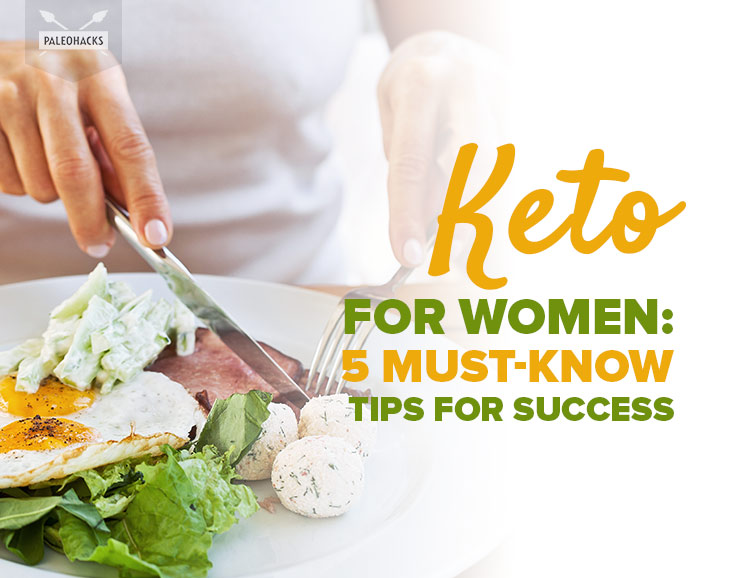
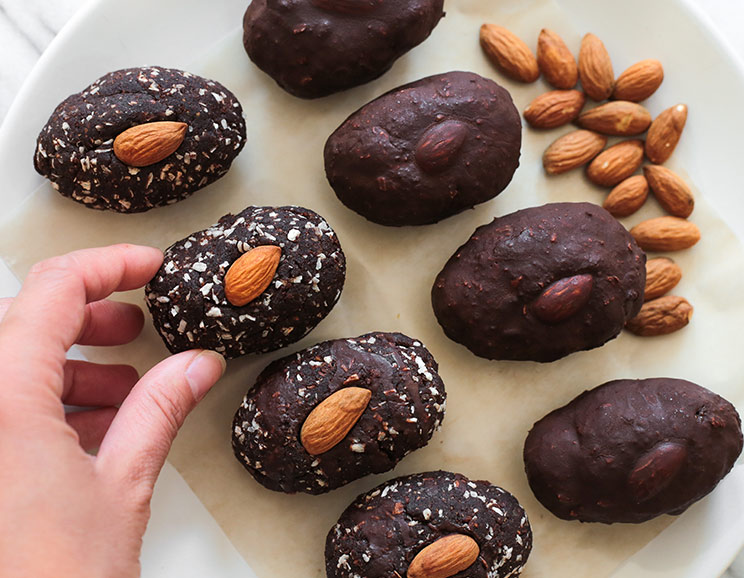 Almond Joy Egg Brownie Bites
Almond Joy Egg Brownie Bites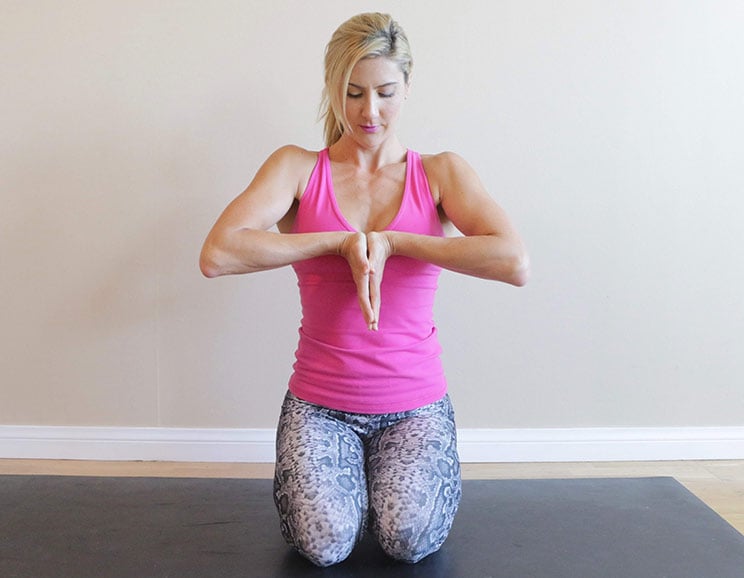

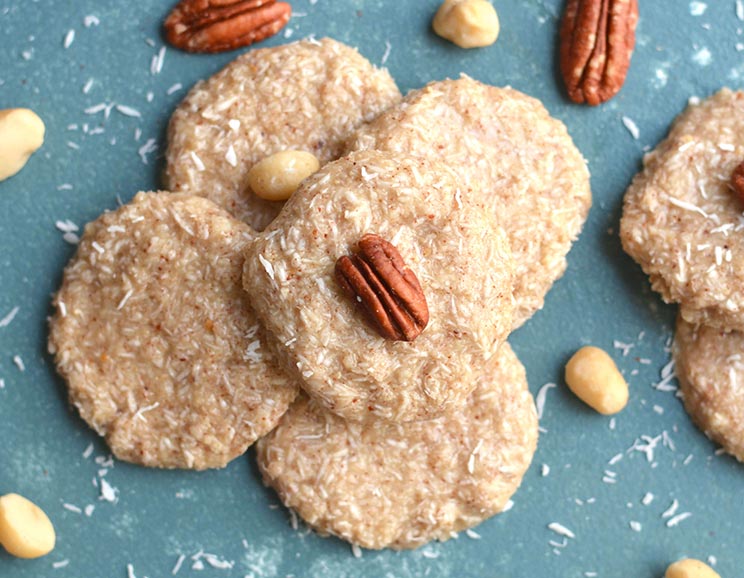
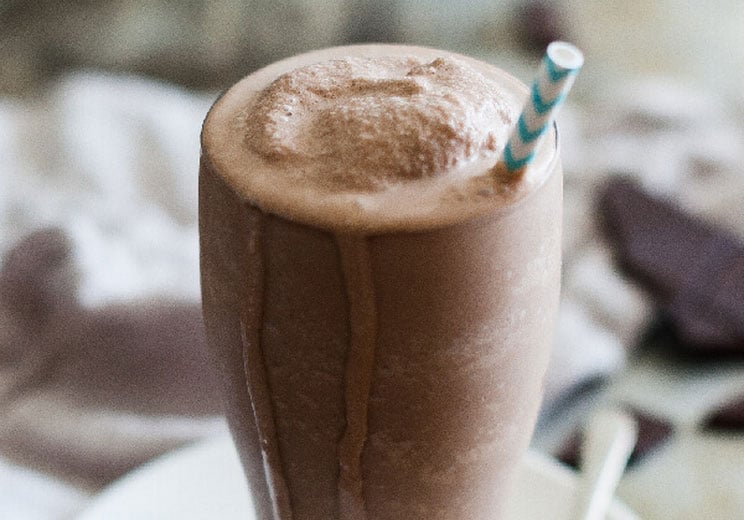



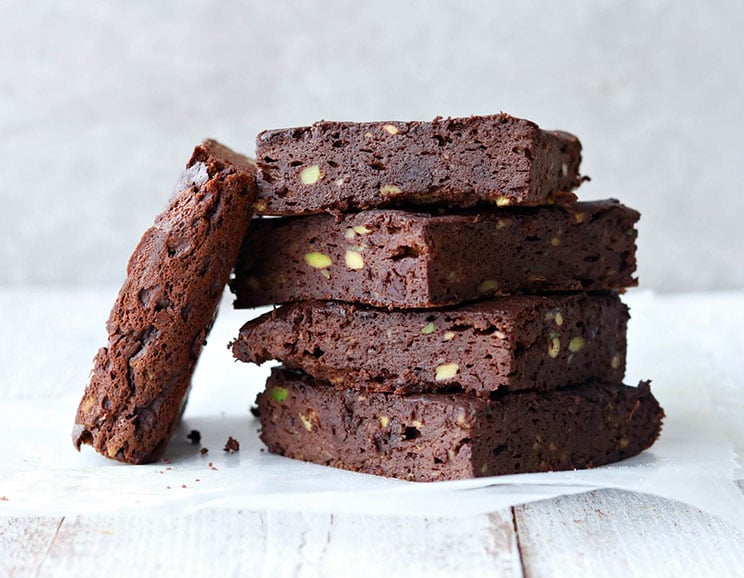


Show Comments